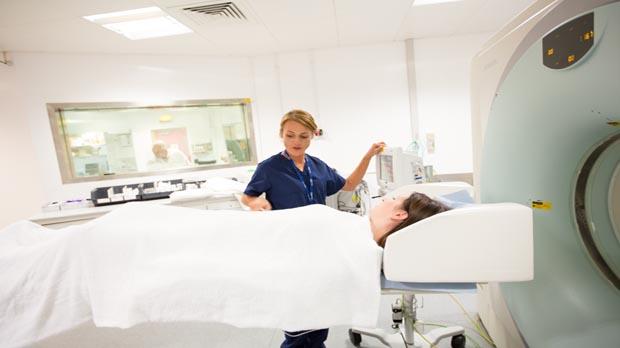
Around 1 in 5 people diagnosed with cancer in the UK take part in a clinical trial.
This trial compared photodynamic therapy (PDT) with surgery for basal cell skin cancer.
Basal cell skin cancer (BCC) is a type of non melanoma skin cancer. Doctors often remove BCC with surgery. This usually works very well, but can leave a scar depending on the size of the BCC removed.
Photodynamic therapy (PDT) is treatment using light. Doctors can treat the area of BCC, without affecting the healthy skin around it.
The aims of this trial were to find out
The trial team found that photodynamic therapy (PDT) was useful for removing basal cell skin cancer and caused less scaring than surgery. But a year after treatment, they found the cancer had come back (recurred) in some people who had PDT.
196 people took part in this trial
The researchers checked the area of skin where the BCC had been removed a year after treatment had finished. They were very pleased with how the skin looked in over 9 out of 10 people (94%) treated with PDT. This compared with 6 out of 10 people (60%) treated with surgery.
They also found that just under 1 in 10 basal cell cancers (9.3%) had come back in people who had PDT. The areas of cancer had not come back in anybody who had surgery.
The main side effect of PDT was a skin reaction to the light treatment. A very small number of people who had surgery had a mild wound infection.
We have based this summary on information from the team who ran the trial. The information they sent us has been reviewed by independent specialists ( ) and published in a medical journal. The figures we quote above were provided by the trial team. We have not analysed the data ourselves.
) and published in a medical journal. The figures we quote above were provided by the trial team. We have not analysed the data ourselves.
Please note: In order to join a trial you will need to discuss it with your doctor, unless otherwise specified.
Dr Sally Ibbotson
Galderma Research and Development
If you have questions about the trial please contact our cancer information nurses
Freephone 0808 800 4040

Around 1 in 5 people diagnosed with cancer in the UK take part in a clinical trial.